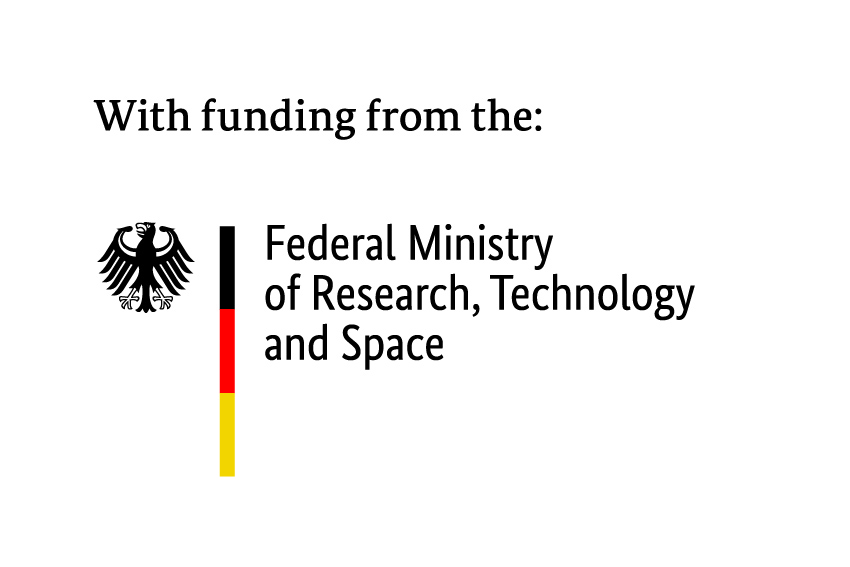c:o/re Senior Fellow 04/23 − 03/24

Masahiko Hara was born in Tokyo, Japan. He received a PhD in Engineering in 1988 from the Tokyo Institute of Technology (Tokyo Tech). In 1985, he became Research Scientist at RIKEN, worked for the establishment of Frontier Research System, and has served as PIs of international projects including Director of RIKEN-HYU Collaboration Research Center in Seoul, Korea. In 2003, he became Professor at Tokyo Tech and has been working for Earth-Life Science Institute and “Scientist in Residence” at Central Saint Martins, University of the Arts London, UK. He has been engaged in nanotechnology and self-assembly in materials science for many years, pioneering new perspectives and developing interdisciplinary research that transcends different fields. He has published around 380 papers and introduced many new research concepts such as Spatio-Temporal, Emergent, and Flucto-Order Functions, and accepted more than 200 postdocs (half of them were from abroad) managing many international exchange programs and national research projects.
Hybrid Translation Studies on the Integration of Art Strategies in Science and Technology
Today’s complex social issues cannot be solved by dividing discussions into separate and fragmented disciplines. The world is beginning to widely recognize the usefulness of STEAM thinking, which crosses the boundaries of science, technology, engineering, art, and mathematics to tackle issues by bringing together and integrating diverse knowledge and skills without being biased toward individual areas of expertise. Despite multiple reports on the integration of science, technology, and art, there is a lack of practical research on the practical collaborative process, its effects, how to combine and utilize the “explicit knowledge” of science and technology and the “tacit knowledge” of art, which are at the core of STEAM, toward effective fostering of creative human resources, and what is newly produced in science and technology and in our society.
By dynamically introducing the cooperation of artists and their thoughts and perspectives into the scientific and technological research, it is expected that novel functionality through dynamics and deformation of the system that actively incorporates “ambiguity,” “instability,” and “fluctuation” will emerge, which is different from the conventional concepts of the device architecture. Furthermore, by utilizing the methodology of “translation” studies, we aim to provide a new protocol for STEAM activities that will not just be a transient collaboration between different fields, but rather an organic model of information conversion and direct “translation” from art to science and technology for our society.
Publications (selection)
A. Portela, T. Yano, C. Santschi, O.J.F. Martin, H. Tabata, and Hara, Masahiko. 2017. Highly sensitive SERS analysis of the cyclic Arg-Gly-Asp peptide ligands of cells using nanogap antennas. In J. Biophoton. 10: 294-302.
L. Zhu, M. Aono, S.-J. Kim, and Hara, Masahiko. 2013. Amoeba-based computing for traveling salesman problem: Long-term correlations between spatially separated individual cells of Physarum polycephalum. In Biosystems 112: 1-10.
J. Noh & Hara, Masahiko. 2002. Final phase of alkanethiol self-assembled monolayers on Au(111). In Langmuir 18: 1953-1956.
K. Tamada, Hara, Masahiko, H. Sasabe, and W. Knoll. 1997. Surface Phase Behavior of n-Alkanethiol Self-Assembled Monolayers Adsorbed on Au(111): An Atomic Force Microscopy Study. In Langmuir 13: 1558-1566.
Hara, Masahiko, Y. Iwakabe, K. Tochigi, H. Sasabe, A.F. Garito, and A. Yamada. 1990. Anchoring structure of smectic liquid-crystal layers on MoS2 observed by scanning tunnelling microscopy. In Nature 344(6263): 228.



